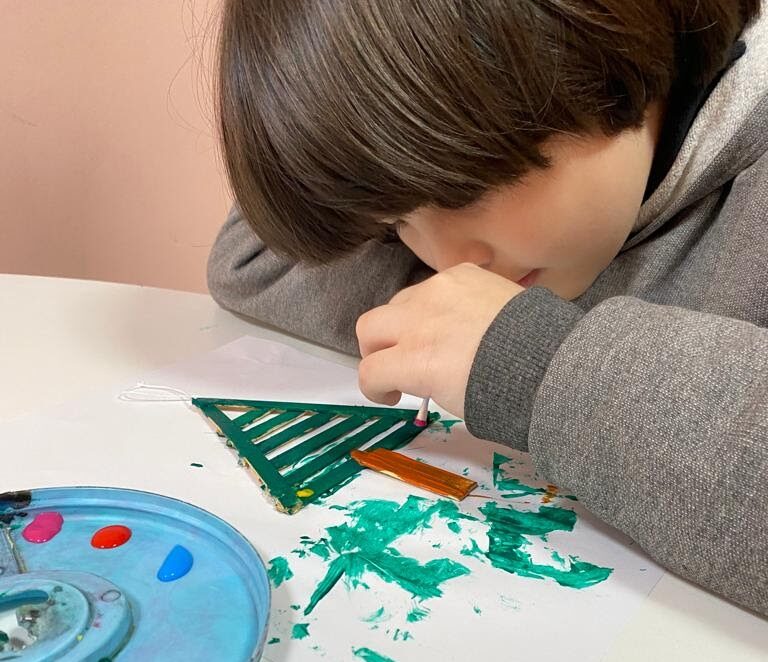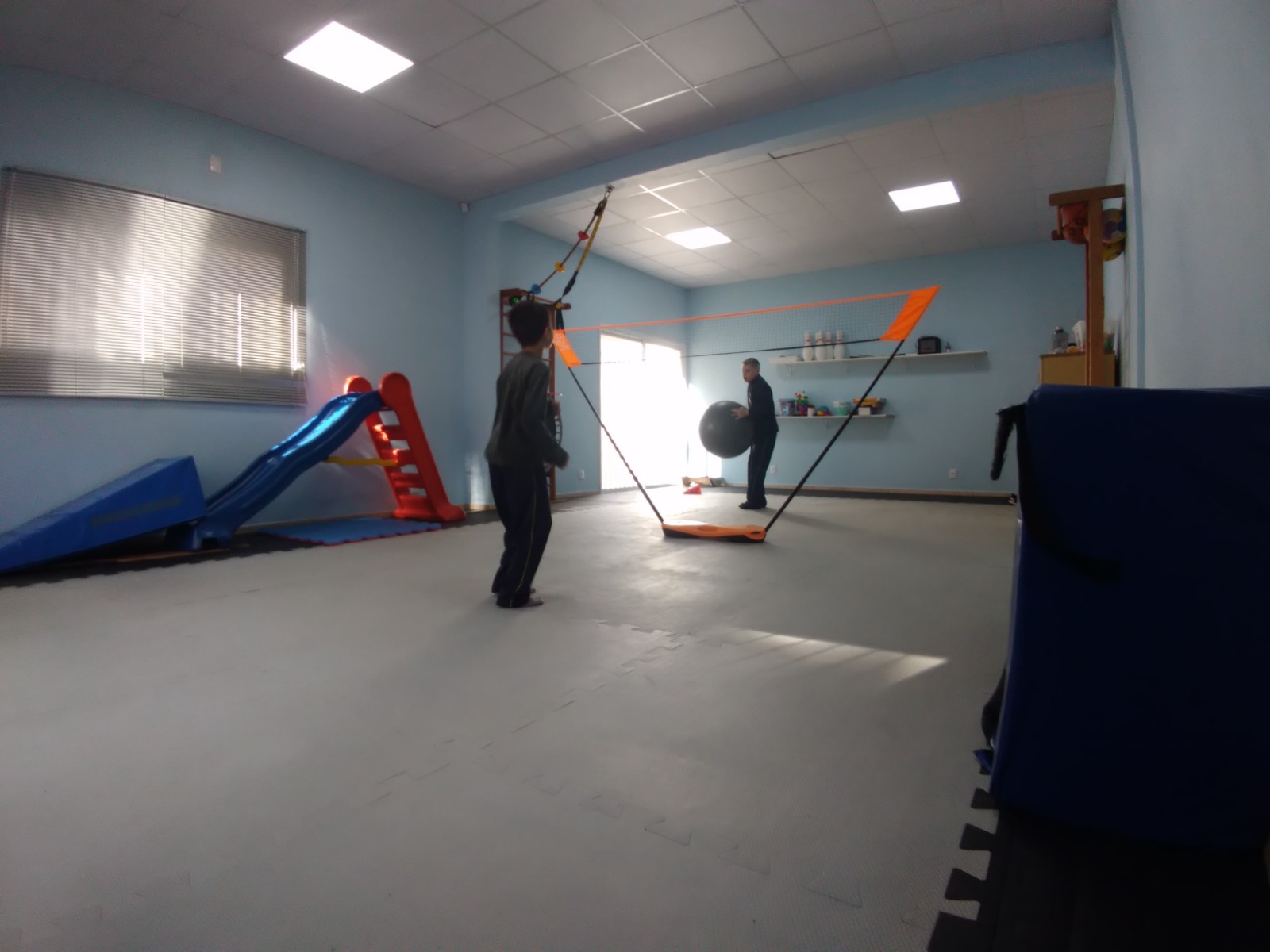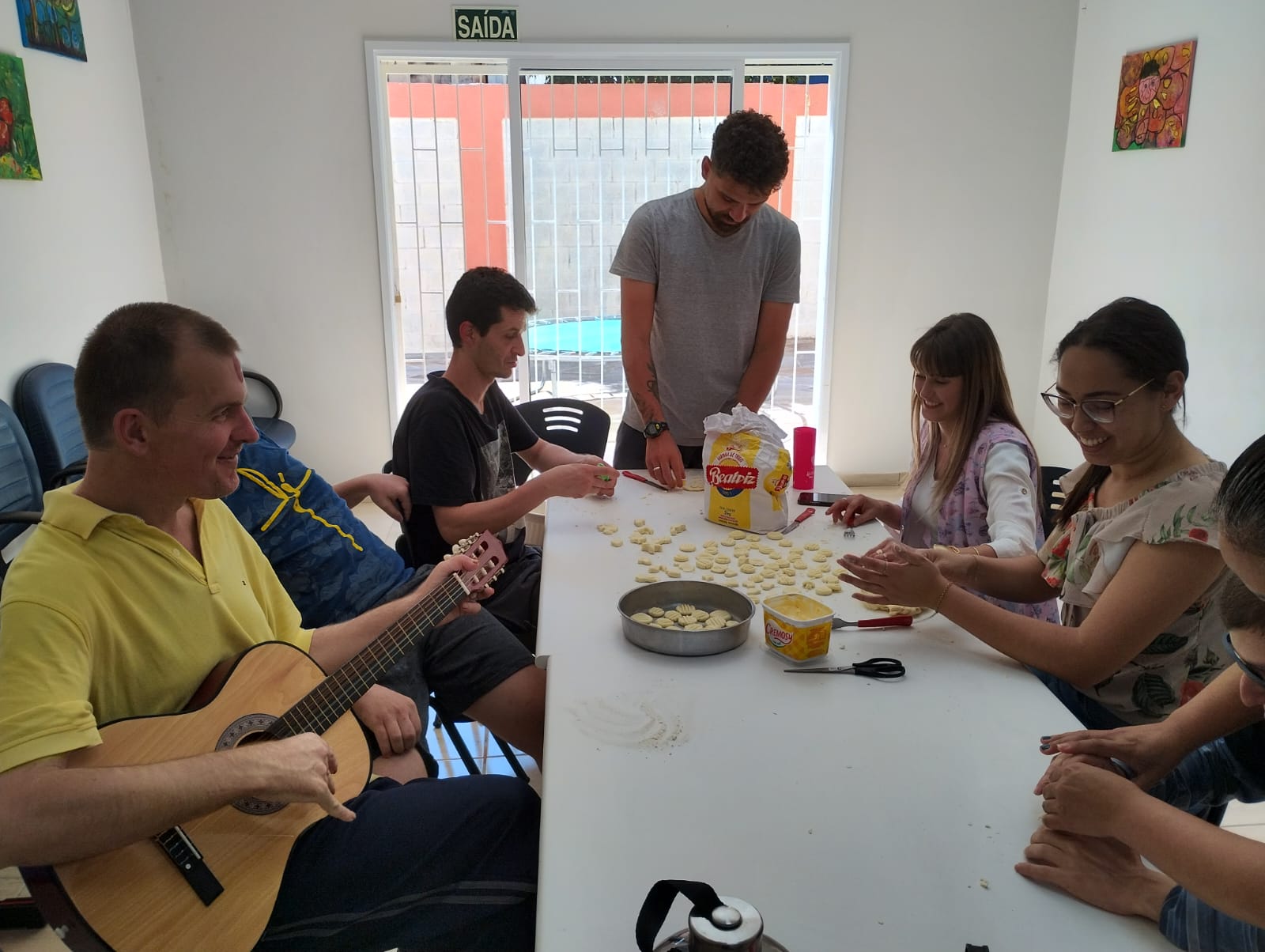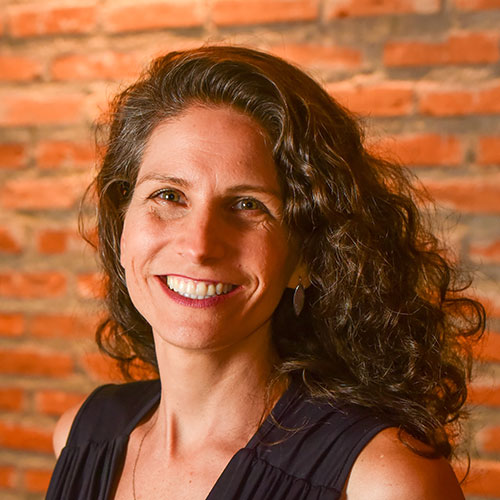Blue April: Associação Aquarela is a reference in autism in Erechim (RS)
Lack of information is still the biggest barrier to diagnosis; autism has no cure and adequate monitoring is essential to ensure quality of life


According to the World Health Organization (WHO), 1% of the world’s population is autistic. In Brazil, there is still no consistent research on the topic, and statistics use data from the United States Center for Disease Control and Prevention (CDC) as a reference. According to the latest CDC report, one in every 36 8-year-old children will have autism in 2023.
The CDC has been analyzing the prevalence of the disorder for more than two decades and indicates that there has been an increase of almost 180% in cases since the 2000s. This number has raised an alert about the situation around the world. Experts argue, however, that it is the popularization of information about autism that has led to a greater number of diagnoses.
The pedagogical coordinator of Aquarela Associação Pró Autista, from Erechim (RS), Naiara Soccol, has been realizing this in practice. Working for years with children, young people and adults with autism, she says she frequently hears that there is an autism epidemic in Erechim due to the increase in diagnoses in recent years.
“I usually say ‘That’s good, this is a sign that information is coming’. Many times, people have been trapped for years with these difficulties and now they know why.” She reinforces that autism is not a disease and that the way monitoring is carried out is essential to guarantee the quality of life of people with the disorder. “The sooner the diagnosis is made and interventions and therapies take place, the easier this person’s cognitive self-regulation and interaction in the world will be,” she explains.
Autism Spectrum Disorder
Speech delay, walking on tiptoe, lack of eye contact, lining up or stacking toys, liking repetitive movements, hyperfocus, food selectivity, sensory hypersensitivity. These are some of the symptoms that lead to the diagnosis of Autism Spectrum Disorder (ASD) in children.
“There are children who like the movement of the fan or the wheel. Anything that rotates attracts a lot of attention or lights that flash, all of this causes them to become hyperfocused. The repetitive swinging of hands, which is flapping… Many characteristics can be noticed from an early age”, points out Naiara.
She warns that the diagnosis must be evaluated responsibly. It is important to follow a protocol that includes consultations with neuropsychologists, neurologists, educational psychologists, and paediatricians. And, once diagnosed, it is still recommended to seek a second or even third opinion.
“Consultation with a neuropsychologist, for example, is not just one section, but at least six. It is necessary to study the entire family context. You cannot base the diagnosis on one or two characteristics. Therefore, we always indicate more than one opinion. We are talking about something that lasts the rest of your life, it is very serious”, she warns.

Associação Aquarela
The Associação Aquarela em Erechim (RS) emerged from the union of fathers and mothers of autistic children, in 2008. As the municipality did not offer specialized care, a mother decided to look for other families with ASD diagnoses to, together, try to organize themselves. “This mother, Mari, joined forces with other fathers and mothers and one of these fathers, Leandro Lerner, continued in the fight. He is the president of the association to this day”, says Naiara.
The association is non-profit, is maintained through donations and partnerships with the municipality and all services are provided free of charge. There is psychological care, music therapy, psychomotricity, psychopedagogy, support for fathers and mothers of autistic people and social assistance service, which supports access to the rights of people with ASD.
Currently, the association serves an audience of 93 people, the youngest being 2 years old and the oldest being 40. “We do not work with a discharge process, but with the awareness that autism, despite not being a disease, has no cure, so it always needs monitoring. And this monitoring must vary the stimuli. If today the focus is verbal stimulation, later it may be social interaction and, thus, the type of support and therapy changes”, explains the coordinator.
Support Levels
Naiara emphasizes that it is not possible to identify a person with autism just by appearance, as the disorder is classified into three levels of support, the first being the mildest and the third the most severe. “Level one needs help to go to the market, for example. It’s a person with their specificities, who has crises, but who manages to have control over them, who manages to self-regulate,” she says.
“At level two, there is that non-verbal person, who does not communicate so clearly and needs greater support to communicate. I have seen many non-verbal autistic people with high abilities get by and get by with a tablet in hand or another support tool,” she continues. “And level three of support is that non-verbal person, with many stereotypes, auditory and sensory sensitivities, there are many characteristics. This person needs full-time support.”
For her, rapid acceptance of the diagnosis by the family is essential to begin appropriate monitoring. “If a person is on level one support and doesn’t have access to the right therapies or medication on time, they can move to level two, sometimes even level three. The opposite also happens. There have already been cases of people who entered the association at level three and we managed to reduce it to level two”, she points out.


Late diagnosis
According to Naiara, the stigma linked to autism is still strong, which is why some families find it difficult to seek a diagnosis as well as therapeutic and medication support. She remembers the case of a mother who sought out the entity after keeping her daughter’s diagnosis in a drawer for a year and a half.
The daughter was already 16 years old and the mother had not yet told anyone, not her father or the school. However, the daughter began to regress in her studies, she had many crises and the mother had to seek help. “She said she wasn’t ready to tell her about her diagnosis because of the labelling and judgment. She didn’t want her daughter to go out wearing an autistic badge on the street, but at the same time she knew that, if she didn’t wear one, she would look rude, as she has often done.”
Therefore, it was first necessary to work on the mother’s acceptance so that she could later support her daughter. “When she managed to tell her daughter, the girl said: ‘That’s good, mom, now I know what I have’. This daughter had already suffered a lot of bullying at school because of stereotypes…”, she says.
Naiara also reported a case of a 39-year-old woman who sought support from the entity after understanding that her reclusive life, without work, friends or boyfriends, was the result of undiagnosed autism. “Today she is working in HR (Human Resources) at a company in the city, she joined the PwD position, it is in her area of training, with the limitations she needs. She is autistic with high abilities and has difficulty with social interaction.”
Want to support this cause?
The Associação Aquarela Pró Autista receives donations! To find out more, visit the website or follow social media on Instagram and Facebook.



